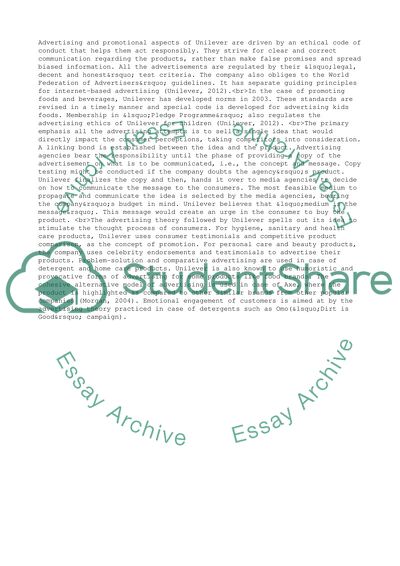Cite this document
(Advertising Theory Employed by Unilever Case Study, n.d.)
Advertising Theory Employed by Unilever Case Study. Retrieved from https://studentshare.org/business/1596817-advertising
Advertising Theory Employed by Unilever Case Study. Retrieved from https://studentshare.org/business/1596817-advertising
(Advertising Theory Employed by Unilever Case Study)
Advertising Theory Employed by Unilever Case Study. https://studentshare.org/business/1596817-advertising.
Advertising Theory Employed by Unilever Case Study. https://studentshare.org/business/1596817-advertising.
“Advertising Theory Employed by Unilever Case Study”, n.d. https://studentshare.org/business/1596817-advertising.


